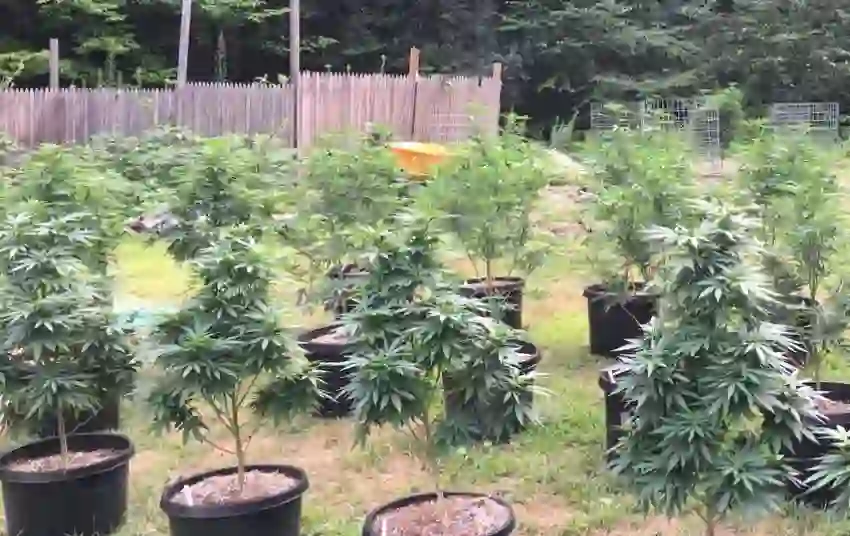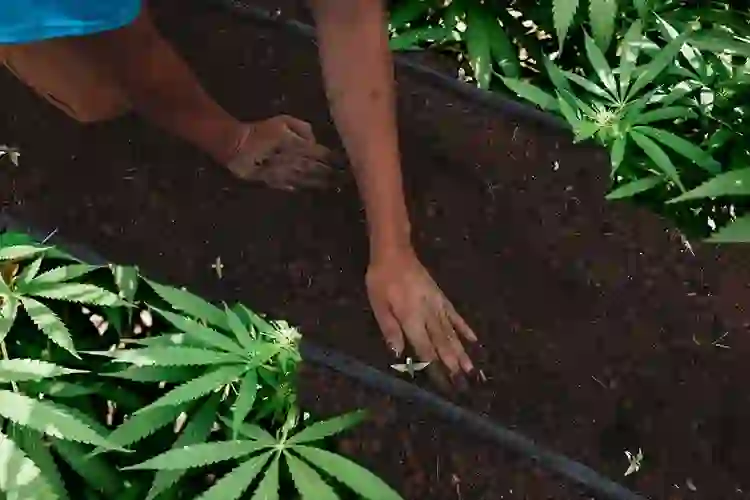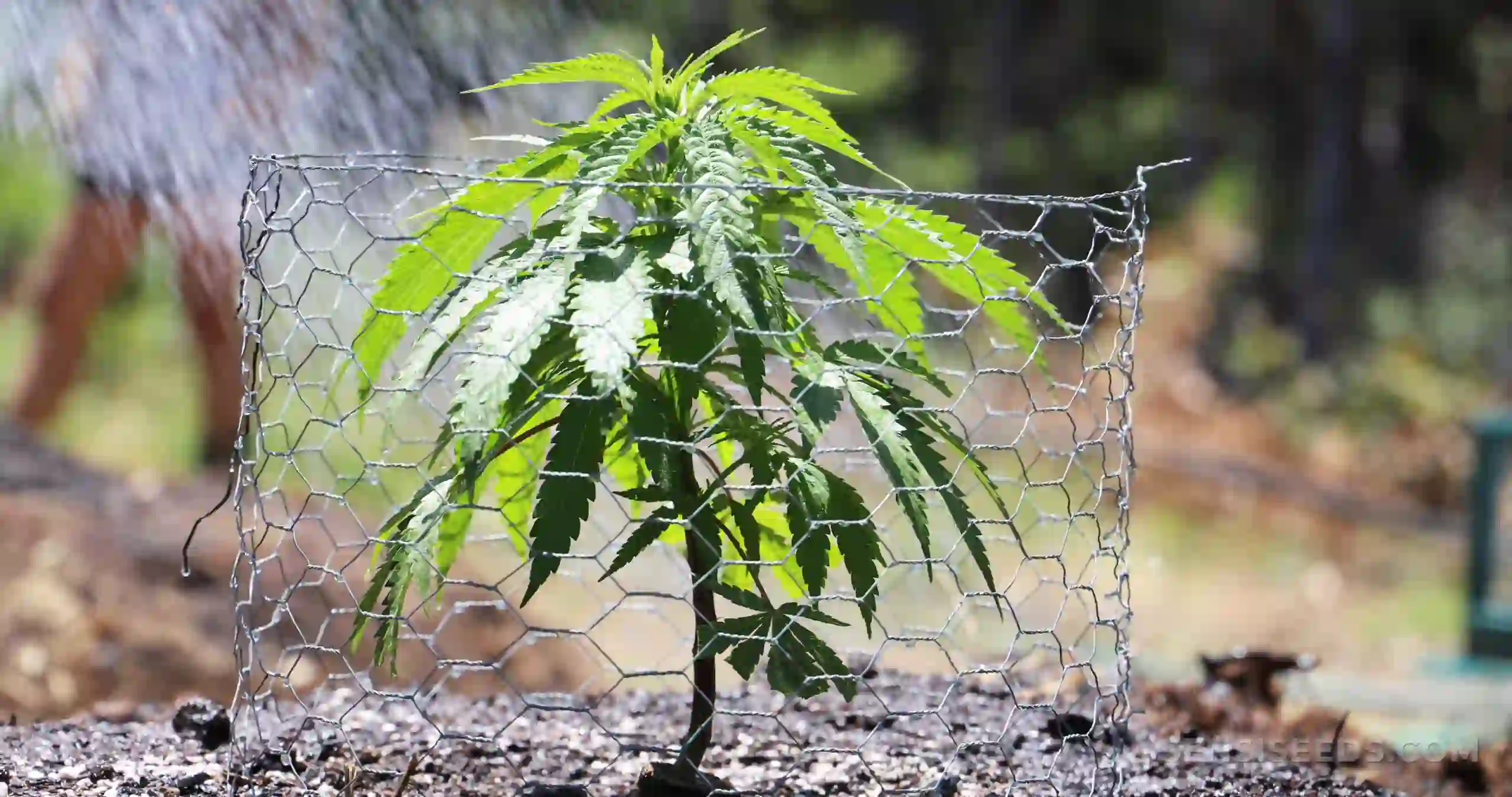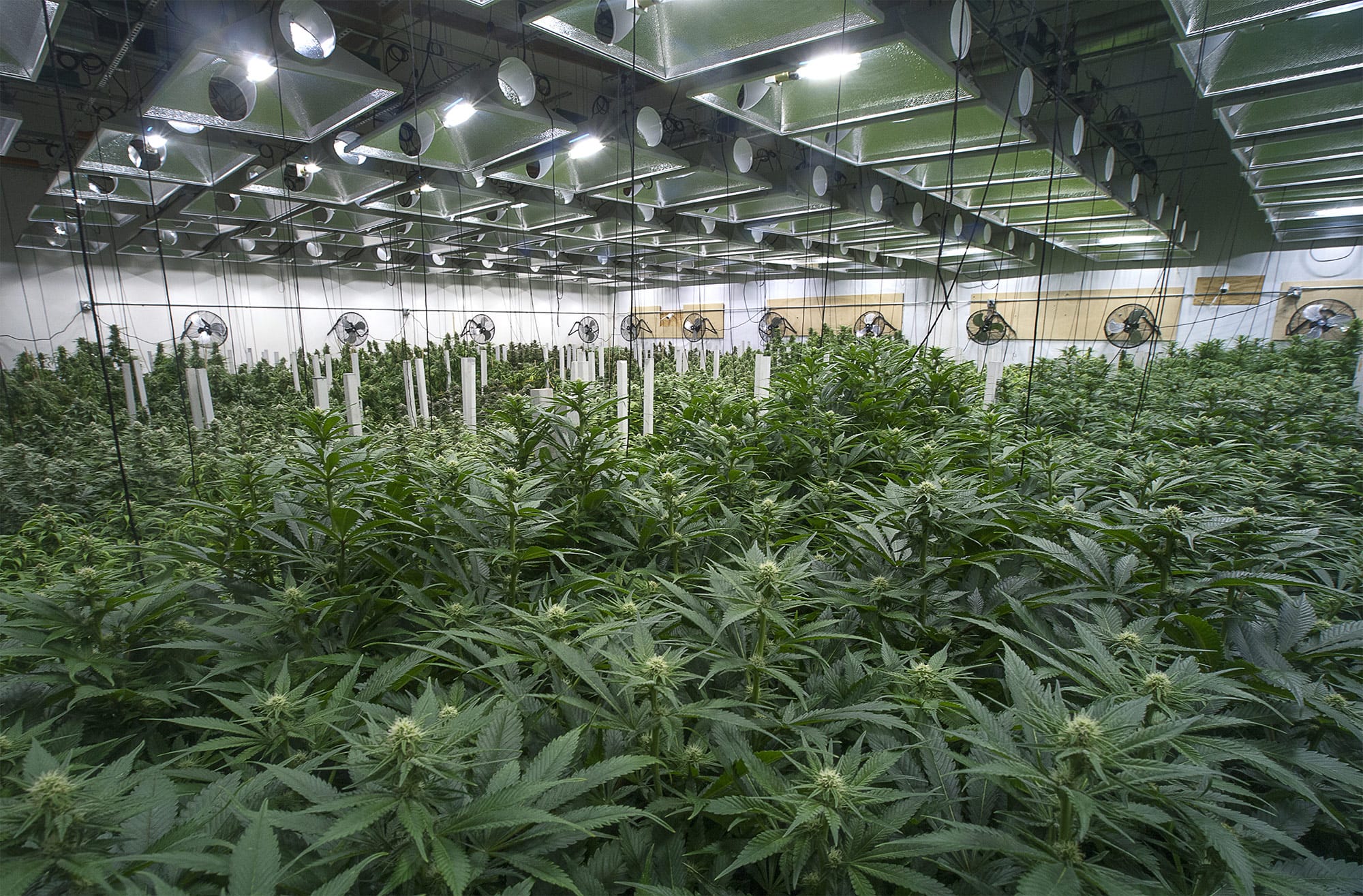Outdoor Marijuana Growing: A Beginner’s Guide
Growing marijuana outdoors is a popular option for beginners because it is relatively simple and cost-effective. Outdoor marijuana growing can also yield high-quality buds that are flavorful and potent. This blog post will cover the following topics:
Benefits of Outdoor Marijuana Growing
Growing marijuana outdoors has several advantages over indoor growing, including:
- Environment: Outdoor plants have access to natural sunlight, fresh air, and rainwater, which can help produce healthier plants with higher yields.
- Plant Health: Outdoor plants are less likely to develop mold, pests, or diseases compared to indoor plants.
- Cost: Outdoor growing requires less equipment and electricity, making it a more cost-effective option.

Selecting the Right Location
When selecting an outdoor location, consider the following factors:
- Sunlight: Marijuana plants require at least 6 hours of direct sunlight per day.
- Soil Quality: Marijuana plants thrive in well-draining soil with a pH between 6.0 and 7.0.
- Drainage: Make sure the location has good drainage to avoid waterlogged soil.
Tips for evaluating the optimal location and avoiding common mistakes include checking the location’s history for previous chemical use and avoiding locations near wildlife that may harm your plants.
Choosing the Right Strain
Consider the following factors when selecting a strain for outdoor growing:
- Climate: Choose a strain that is suitable for your local climate and weather conditions.
- Pest Resistance: Select a strain that is resistant to common pests in your area.
- Yield: Choose a strain that can produce a high yield in outdoor growing conditions.
Choosing the right strain is an essential step in outdoor marijuana growing. Different strains have different characteristics, such as growth patterns, yield potential, flavor, and effects. When selecting a strain for outdoor growing, it’s important to consider factors such as climate, pest resistance, and yield.
Climate
First, consider your climate. Some strains are better suited for warm, dry climates, while others may be more resistant to cold or wet conditions. For example, Sativa strains tend to thrive in warm, tropical environments, while Indica strains are more cold-tolerant and can handle cooler temperatures.
Pest Resistance
Next, think about pest resistance. Some strains are more resistant to pests and diseases than others, which can help minimize the need for pesticides or other chemicals. Look for strains that have a reputation for being pest-resistant, such as Northern Lights or Blue Dream.
Yield Potential
Finally, consider yield potential. Some strains are more productive than others, meaning they can produce a larger amount of buds per plant. This is an important factor to consider if you’re looking to maximize your harvest. However, keep in mind that high-yielding strains may also require more care and attention.
It’s also worth noting that there are different types of strains available, including Indica, Sativa, and hybrid strains. Indica strains tend to have a more relaxing, sedative effect, while Sativa strains are more uplifting and energizing. Hybrid strains are a combination of both Indica and Sativa and can have a variety of effects depending on the specific strain.
In summary, when choosing a strain for outdoor marijuana growing, consider your climate, pest resistance, yield potential, and the effects you’re looking for. By selecting the right strain, you can set yourself up for a successful and rewarding growing experience.
Preparing the Soil

Soil preparation is crucial for outdoor marijuana growing. Steps include testing soil, adding amendments, and selecting fertilizers. It is essential to use organic fertilizers to avoid harmful chemicals that can damage the plant and the environment.
Planting Methods
Different planting methods for outdoor marijuana growing include direct sow, container planting, and raised beds. Each method has pros and cons, and it is essential to choose the best option based on the available space, budget, and resources.
Maintenance and Care

Best practices for watering, feeding, and monitoring outdoor marijuana plants include:
- Watering: Water plants thoroughly when the soil is dry to the touch.
- Feeding: Use organic fertilizers, and follow the manufacturer’s instructions for application.
- Monitoring: Keep an eye on plants for pests, diseases, or other problems.
Tips for pest and disease control include using natural and organic methods like companion planting and avoiding chemical pesticides.
Harvesting and Processing
Signs that it’s time to harvest outdoor marijuana plants include observing the plant’s trichomes for a milky or amber color. Trimming and drying techniques are crucial for maximum potency and flavor, and curing and storing outdoor marijuana buds is essential for long-term storage.
Advanced Techniques for Outdoor Marijuana Growing
Advanced techniques like topping, super cropping, and SCROG can help maximize yield and potency. It is essential to research and understands these techniques before attempting them.
Legal Considerations for Outdoor Marijuana Growing
Outdoor marijuana growing is subject to local regulations, safety concerns, and risks of the arrest. It is essential to research and follow local laws and regulations and consult with legal experts as needed.
It’s important to note that outdoor marijuana growing requires patience, dedication, and attention to detail. While it may seem easy, it’s not a set-it-and-forget-it process. You’ll need to regularly monitor and care for your plants, adjust watering and feeding schedules as needed, and be prepared to handle any pests or diseases that may arise.
In addition to the benefits of growing your own marijuana, outdoor growing can also provide a sense of satisfaction and self-sufficiency. Many growers enjoy the process of nurturing their plants and harvesting their own buds and take pride in producing high-quality cannabis.
As you embark on your outdoor marijuana growing journey, it’s essential to prioritize safety and legality. Marijuana laws vary from state to state and even within different cities, so it’s crucial to research and follow local regulations. In addition, make sure to take precautions to protect yourself and your plants from theft, vandalism, or other threats.
Summarize related aspects of outdoor marijuana growing:
| Related Aspects of Outdoor Marijuana Growing | Description | Considerations | Tips |
|---|---|---|---|
| Climate | Understanding the climate conditions of the location and selecting a strain that can thrive in those conditions | Temperature, humidity, precipitation, wind | Research the ideal climate conditions for the selected strain and monitor weather patterns |
| Lighting | Ensuring the outdoor plants receive adequate sunlight and/or supplemental lighting if necessary | Natural sunlight, artificial lighting, light cycles | Position plants in areas with direct sunlight and consider supplemental lighting for areas with insufficient light |
| Watering | Providing the right amount of water to maintain healthy growth and prevent over/under watering | Soil moisture, drainage, water quality | Water plants deeply and regularly, but allow the soil to dry out between waterings. Use filtered or distilled water to avoid mineral buildup |
| Nutrients | Providing the necessary nutrients to support plant growth and prevent nutrient deficiencies | Soil composition, nutrient content, fertilizers | Test soil composition and adjust as necessary. Use organic fertilizers to avoid chemical buildup and prevent nutrient burn |
| Pest Control | Preventing and treating pest infestations that can damage or destroy plants | Common pests, natural/organic treatments, pesticides | Use companion planting, natural pest repellents, and organic treatments before resorting to chemical pesticides |
| Disease Control | Preventing and treating plant diseases that can harm or kill plants | Common diseases, prevention methods, natural/organic treatments | Use disease-resistant strains, practice good sanitation, and use natural/organic treatments to prevent and treat diseases |
| Training Techniques | Using training techniques to shape and control plant growth for increased yield and potency | Topping, supercropping, LST, SCROG | Research and practice different training techniques to find the best fit for your growing setup |
| Harvesting and Processing | Properly harvesting and processing buds for maximum potency and flavor | Harvest timing, trimming, drying, curing, storage | Use a jeweler’s loupe or microscope to inspect trichomes for optimal harvest timing. Trim buds carefully and dry in a dark, well-ventilated area before curing for several weeks in airtight containers |
| Legal Considerations | Understanding and following local regulations regarding outdoor marijuana growing | Local laws, safety concerns, risks of arrest | Research and follow local regulations and safety guidelines to avoid legal issues and maintain a safe growing environment |
This table expands upon the related aspects of outdoor marijuana growing and includes columns for considerations and tips to provide more specific information for each aspect.

